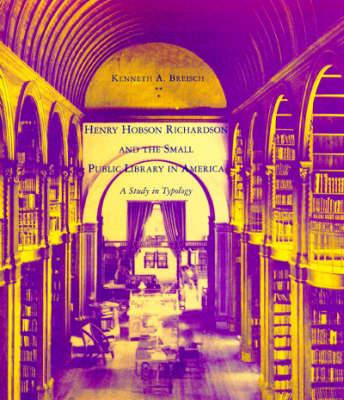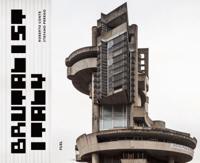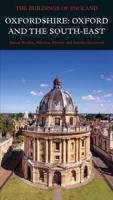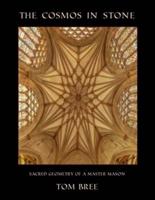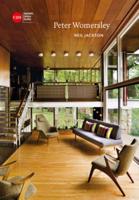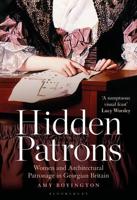Publisher's Synopsis
One natural outcome of the educational reform movement of the 1840s was the growth of the American public library. Some 450 public libraries were built in the latter half of the 19th century. The most important and influential architect of the era who built libraries was Henry Hobson Richardson (1838-1886), perhaps best known for this design of Boston's Trinity Church.;The primary focus of Kenneth Breisch's "Henry Hobson Richardson and the Small Public Library in America" is on Richardson's designs for public libraries in Woburn, North Easton, Quincy and Malden, Massachesetts, as well as an unbuilt proposal for the Hoyt Library in East Saginaw, Michigan. In addition to placing them within the broader history of American library design, Breisch offers a close examination of these buildings as participants in the cultural, political and economic developments of the period. His discussion of the role of philanthropy, in particular, illuminates the perceived meaning and function of public libraries to the monied classes, as well as their function as memorials to deceased family members. Breisch also examines the role played by the library profession in the development of modern library planning theory during this period.


